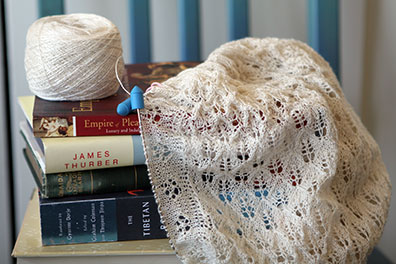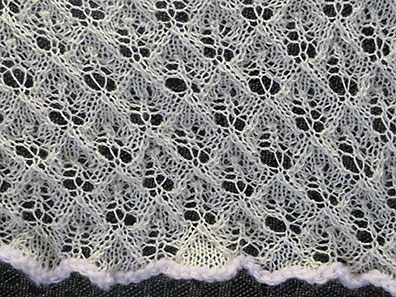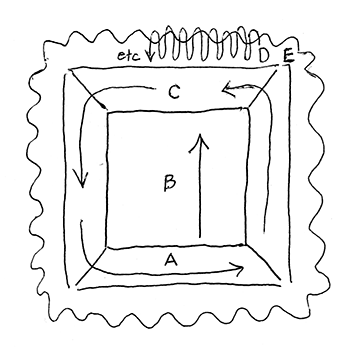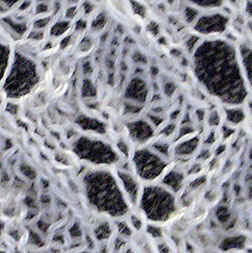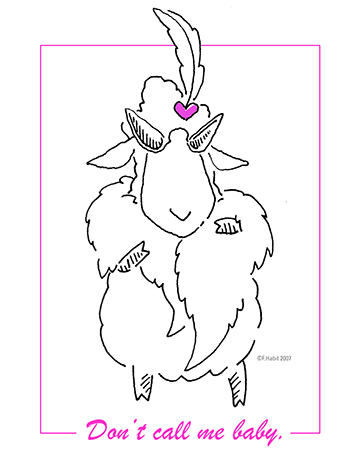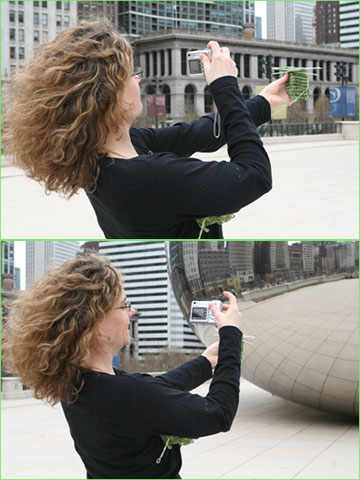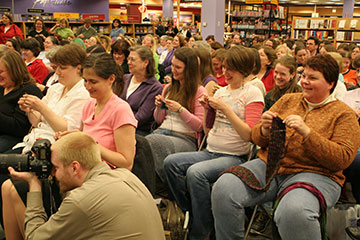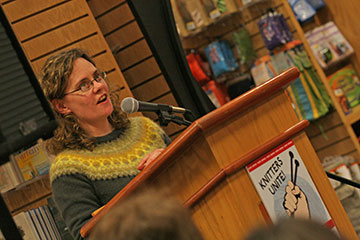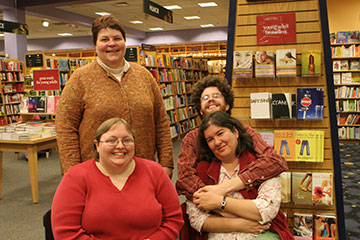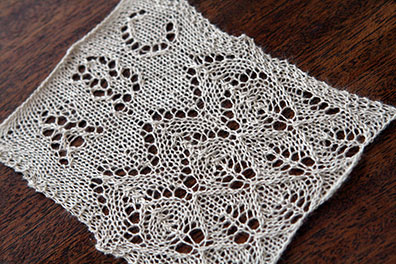My dears, thank you all for the kind wishes you left while I was under the weather. I'm still somewhat cloudy, but as my father the pilot might say, visibility is improving.
No knitting today, if you don't mind. Knitting soon. Books today.
You may recall that a little while ago I wrote about
buying books for a colleague's daughter, newly turned thirteen. In that post, I delineated at length my opinion of most novels being published for the not-a-girl-not-yet-a-woman market. In brief, they want to make me gouge out my own eyes with a grapefruit spoon.
I don't wish to retract a word of what I wrote, although one or two
commenters did make me wonder whether I ought to have been nicer about Meg Cabot. Thanks to your dizzying 194 comments, I did think deeply about the books we read when young, and how dear they can become to us.
I turned from my desk and faced the five-foot Victorian case where I keep humor and children's books, with Eleanor's Library on the topmost shelf.
To tell you about Eleanor's Library you'll have to step back with me to the early nineties, when I was a recent graduate working for starvation wages at New England Conservatory in Boston.
One good thing about starvation wages: they really teach you to focus your spending. I was quite the thrifty housekeeper in those days, making one chicken and two dollars' worth of vegetables bought from the stalls at
Haymarket last for a full week. I didn't eat in restaurants, I didn't go to movies or theater, and I didn't buy clothes that weren't marked "final clearance."
Looking back, I wouldn't have minded so much, really, except for one thing: the budget left me little or no money for books.
When I really couldn't stand it any more, I'd let myself shop a little at the
Brattle Bookshop near Downtown Crossing. In the vacant lot next to its tall, old building, the shop would wheel out a fleet of library carts piled with hundreds of books in absolutely no order whatever. They were unguarded and totally unprotected from the elements. These were the rejects, acquired
en masse in estate sales and deemed unsellable at retail prices.
And every book cost a dollar.However, on the money I was making even that was too pricey for more than carefully planned visits. I was pretty careful to stay off Winter Street if I hadn't made sure of my finances in advance.
One day, however, I slipped. I was in the neighborhood to buy dress shoes. My only pair had crumbled to dust. I had to either replace them or go to the office barefoot in February. I got the shoes, but was left with eight dollars: enough to just pay for food until my next check arrived three days later.
It was an awful feeling, and I walked toward the subway in a gray stupor, head down. Passing Winter Street, something in me snapped. I felt sick, and I needed a book to make me feel better. One book. One damned book, or I might well go insane. Surely, I could spare the dollar. Far cheaper than a month in a mental hospital.
I'd been among the carts for about ten minutes when I spotted a decorated spine with the title
Hester Stanley's Friends. I picked it up; the cover design was classic Edwardian:
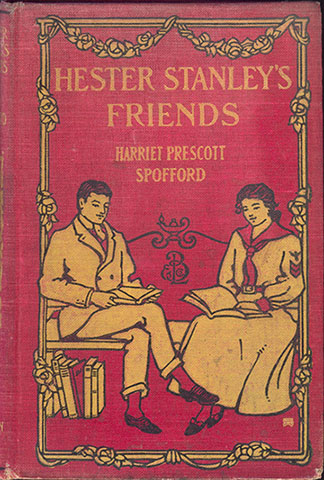
I was surprised to see it outside; normally the
Brattle (and most shops) charge a premium for this sort of artwork. Looking inside, I found this inscription on the flyleaf:
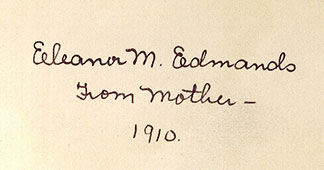
I was torn. On the one hand, this was a splendid binding. On the other, it wasn't something I was likely to read. An interesting curiosity, yes. But my circumstances did not permit spending on interesting curiosities. I decided to put it back.
Then I noticed the book next to it. Another decorated spine:
Kitty Landon's Girlhood.
Inside, an inscription:

I looked at the shelf again. More decorated spines. Inside each, the same name the same bold script. Somehow, in the midst of all this chaos, these six of Eleanor's books had landed together in a neat row.
My heart started beating. For a bibliophile, this was a moral quandary. I felt like I'd stumbled over a basket of abandoned, infant sextuplets and been asked, "Which one do you want to save from certain death?"
I pulled them all off the cart and held them, debating. I wondered who Eleanor was. I imagined what these books might have meant to her, since they'd been kept together all this time. I wondered if she'd sold them herself, or whether they simply arrived in a mass shipment after her estate had been broken apart.
I looked at the inscriptions again.
Eleanor. Eleanor. Eleanor. From Mother. From Uncle Bill. A Happy Birthday. A Very Merry Christmas 1911.And then it started to rain.
I was hungry for a couple of days, but a sense of Having Done the Right Thing can be very sustaining.
This has been a long post, longer than I intended. More about the books themselves will follow, if you're interested. Plus knitting, I promise. Believe it or not, the christening shawl has grown.
